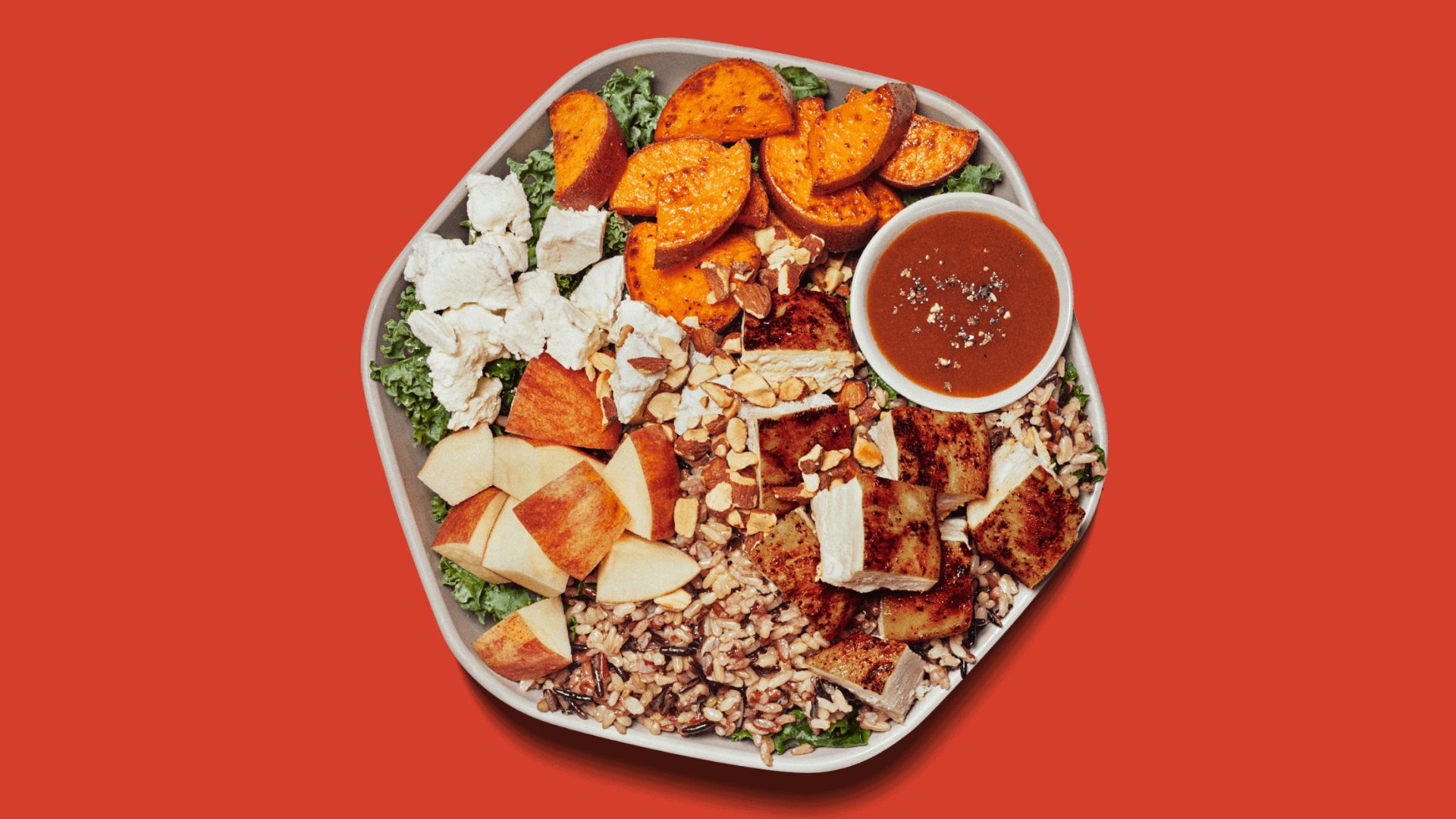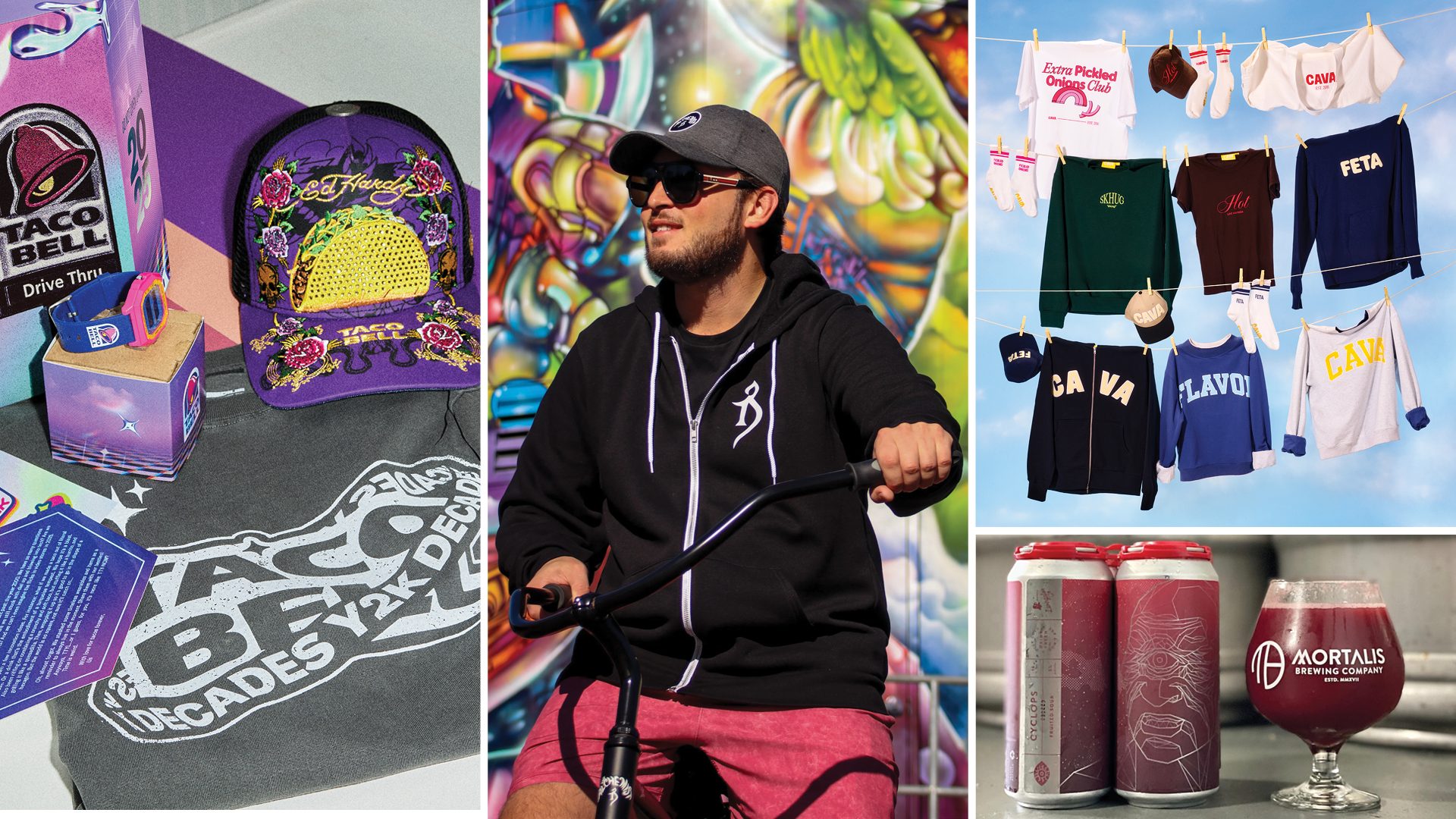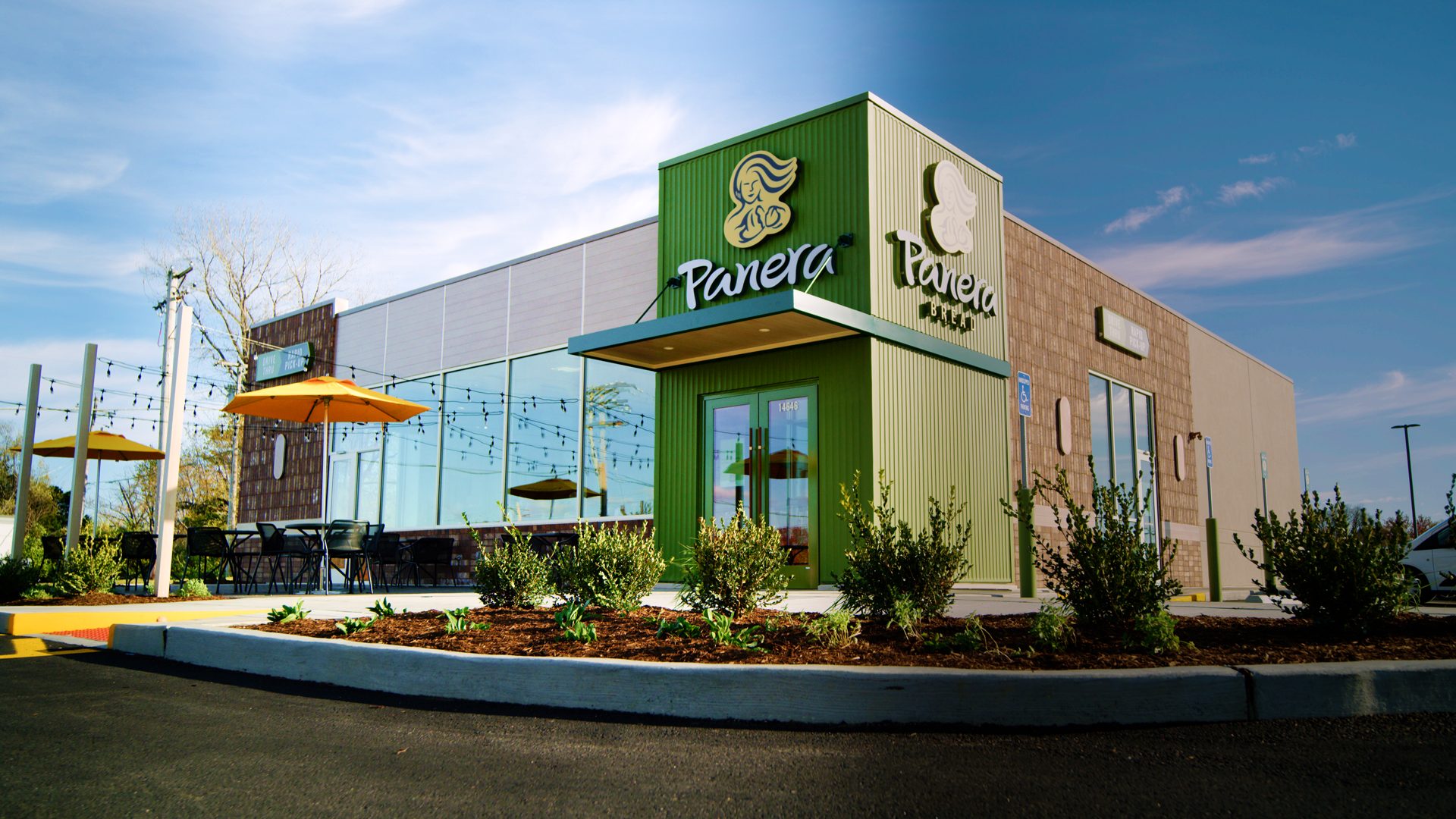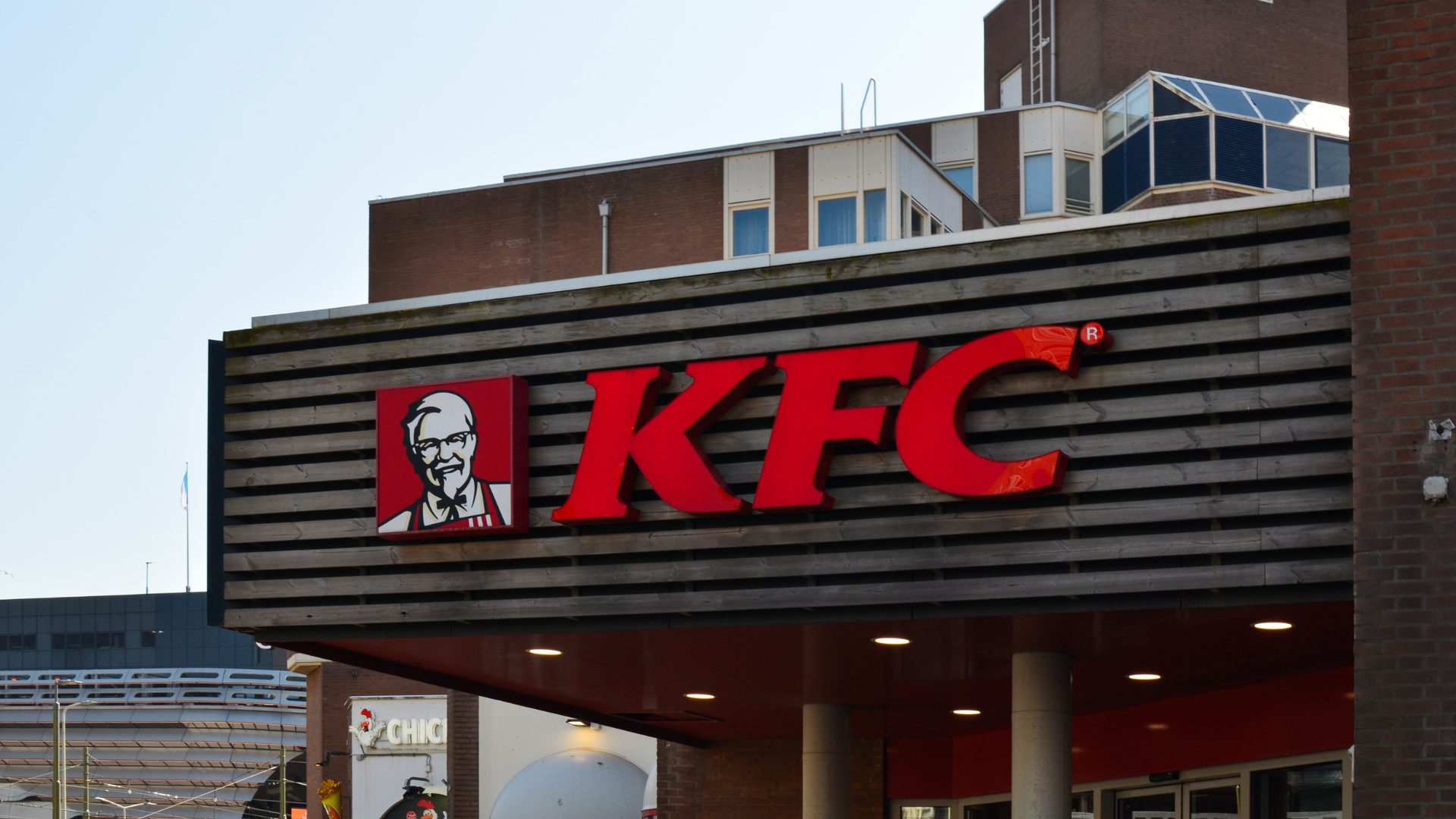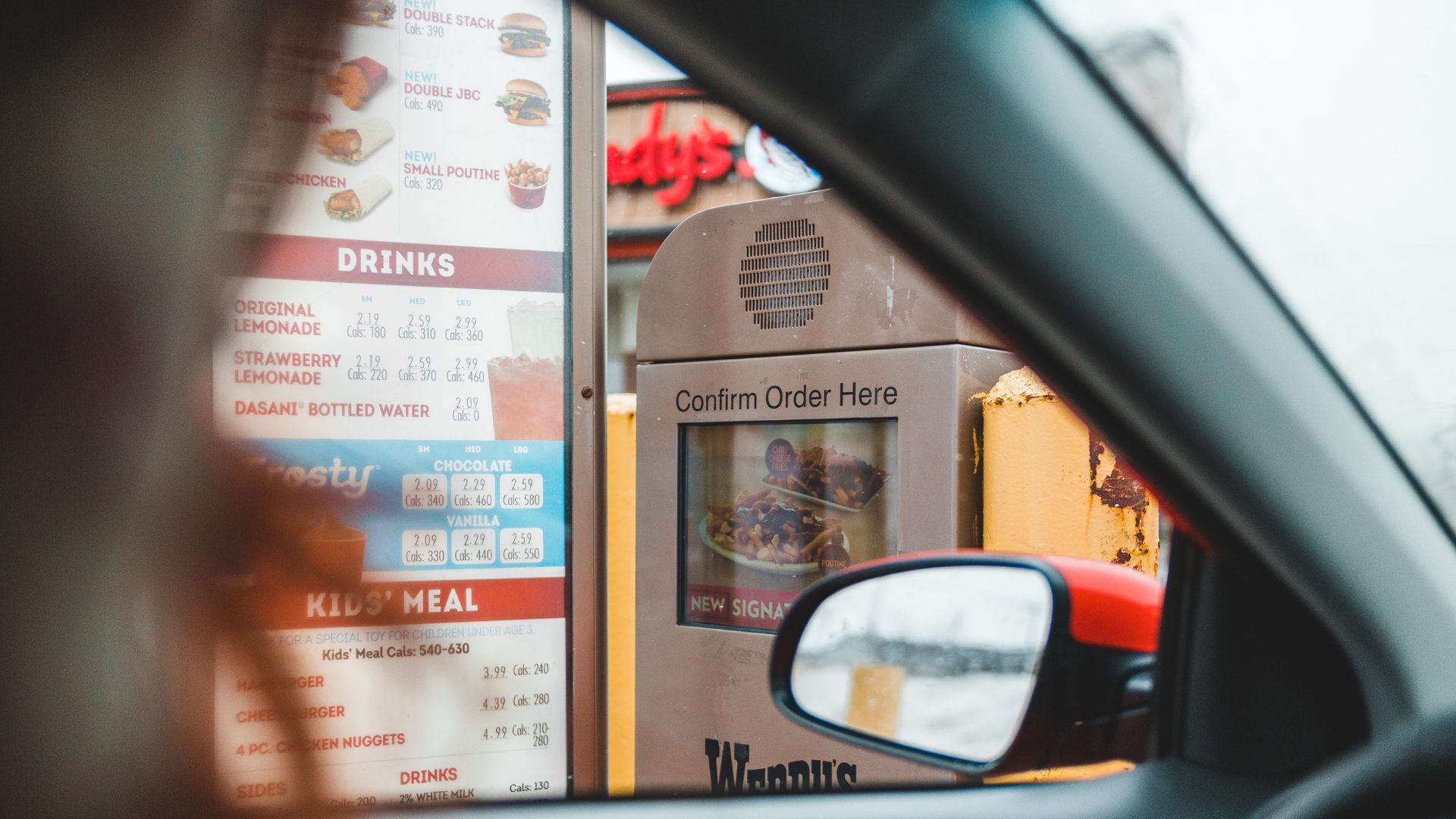Gamers are proving to be an influential demographic in the food industry.
In fact, research from Wunderman Thompson Commerce’s Future Shopper Report 2021 shows that globally, 84% of online shoppers are gamers.
With this in mind, The Food Institute explored what makes gamers such an influential purchase group and how brands should be targeting them:
WHY ARE GAMERS SO INFLUENTIAL?
“What makes gamers so interesting is that there are so many of them,” Naji El-Arifi,
head of innovation at Wunderman Thompson Commerce, told The Food Institute.
Wunderman Thompson studied gamers in their Gaming Commerce report and found that 55% of those surveyed said that gaming was an integral part of their lives, with 51% having spent money on in-game items.
Other key stats included:
- 56% of gamers are more likely to buy from a brand that features in their favorite game
- 33% of gamers have bought something that their favorite streamer has recommended or used
- 33% of gamers have discovered new brands while gaming
El-Arifi noted that gaming has always had a close relationship with food and drink, with massive sponsorships of events and streamers “happening all the time.”
WHAT STRATEGIES SHOULD BRANDS USE?
The report also found that 49% of gamers wish their favorite brands were in their games so they could purchase them for their avatar, a personalized character that represents the user in games.
“This data clearly shows us that, if this is how people feel now, before the eventual arrival of the metaverse, we can only expect these numbers to keep rising,” said El-Arifi. “Which means brands need to start treating gaming as another channel that they can use to create experiences for their customer.”
He added that brands should be experimenting with technology and talking to gaming companies to put plans in place for the future.
“For example, brands need to get better at creating 3D models of their products that can be used across augmented reality, virtual reality, and gaming,” added El-Airfi. “It only stands to reason, that in time, we will be able to order our meals directly from inside a game and have it delivered to us.”
BRANDS AHEAD OF THE GAME
Some big players in the food industry have already begun implementing marketing strategies around gamers:
Kellogg Company: Kellogg’s Pringles brand brought a video game zombie to life in a Twitch livestream in Europe. The livestream featured “Frank the Gaming Zombie,” a game character in the West of Dead video game.
“We are laser focused on understanding [gamer] behaviors and the role that culture can play in attracting and engaging them with our brands,” Charisse Hughes, Chief Brand & Advanced Analytics Officer, at the Kellogg Company, told The Food Institute. “Our data indicated that we could use gaming to engage the Gen Z audience, who over-index on snacking and also spend ample time on social media.”
To interact with gamers, Frank took over the Twitter accounts of Pringles in the U.K. The campaign was one of the most talked about with 640K impressions and drove a 25% increase in Pringles sales.
Chipotle: Chipotle launched its gamer strategy in 2019 to connect with Gen Z consumers, CSP Daily News noted. The brand has taken part in in-person gaming events and has partnered with well-known gamers, in addition to establishing itself on platforms like Fortnite and Twitch.
Hellmann’s: In December 2020, Hellmann’s launched its own interactive island within Nintendo’s Animal Crossing: New Horizons, reported The Grocer.
Wingstop: Wingstop released a commercial promoting its boneless wings that used the “boneless dance” popularized by Fortnite, an online battle royale game.





